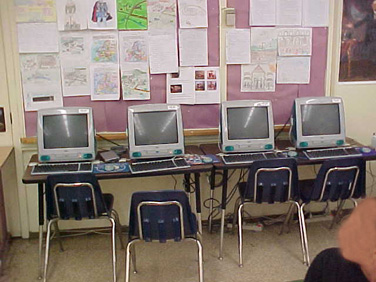A podcast is the perfect vehicle for providing in-depth audio and video information to an interested audience. And not just an “audience,” but a community: if you use a blog to distribute your podcast, listeners can provide feedback through their comments. This post is a recap of Social Media University, Global’s 100-level Podcasting courses, and will take you step-by-step through everything you need to create your own podcast
Best of all, the education is completely FREE. SMUG has no tuition, and all of the tools to create and distribute your podcast used and recommended in these courses are free.
You’ll learn how to:
- Subscribe to podcasts for FREE using iTunes
- Record your audio files for FREE using Audacity
- Use WordPress.com as your FREE server for delivering podcasts (a $20 savings over typical costs, exclusively for SMUG students)
- Enhance your podcast feed through Feedburner so you can get traffic and usage data, and so your users can more easily subscribe, and
- Get your podcast listed in the major podcast directories like the iTunes Store and Podcast Alley.
You’ll do all of this without spending a penny, but just investing your time, assuming you have access to a computer with a built-in microphone. Then, after you’ve experimented with your own personal podcast, you will have the confidence born of first-hand knowledge and hands-on experience that will enable you to make decisions on how and whether to use podcasting in your work or volunteer organizations. Here are the 10 steps to your free podcast:
- Podcasting 101/Social Media 106: Introduction to Podcasting
- Podcasting 102: Becoming a Podcaster
- Podcasting 103: Creating Audio Files Takes Audacity
- Podcasting 104: Adding ID3 Tags to Your Audio Files
- Podcasting 105: WordPress.com is My Podcast Server (and Yours)
- Podcasting 106: Creating an RSS Podcast Feed
- Podcasting 107: Posting a Podcast Episode
- Podcasting 108: Subscribing to Your Podcast
- Podcasting 109: Hotter Podcast Feeds through Feedburner
- Podcasting 110: Listing Your Podcast in iTunes and Other Directories
Upon completion of these 10 steps, you will receive your non-accredited Associate of Arts in Podcastology and will be added to the SMUG Dean’s List. Then you’ll be ready to explore advanced courses at the 200-level and above, learning about production enhancements like better recording devices, adding music to your podcast without going to jail, conducting interviews remotely through Skype, mixing tracks and adjusting recording levels, and otherwise making your podcast more professional.
Please give your feedback on this 10-step free podcast program, either in the comments below or on the individual courses. We’re always open to suggestions on how we can improve the educational experience.
And if you find the program helpful, please use your blog, Twitter, Facebook — or the buttons below — to share it with your friends and colleagues.














